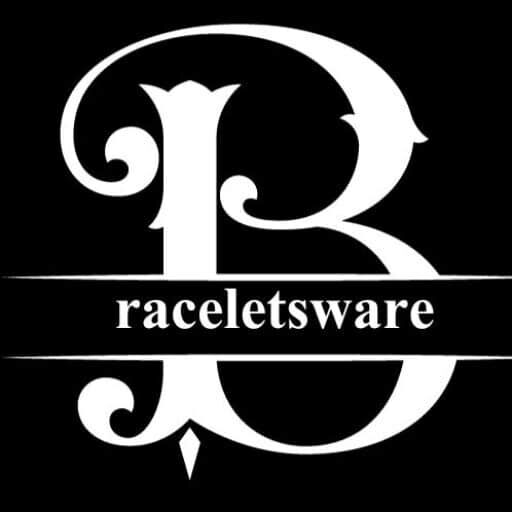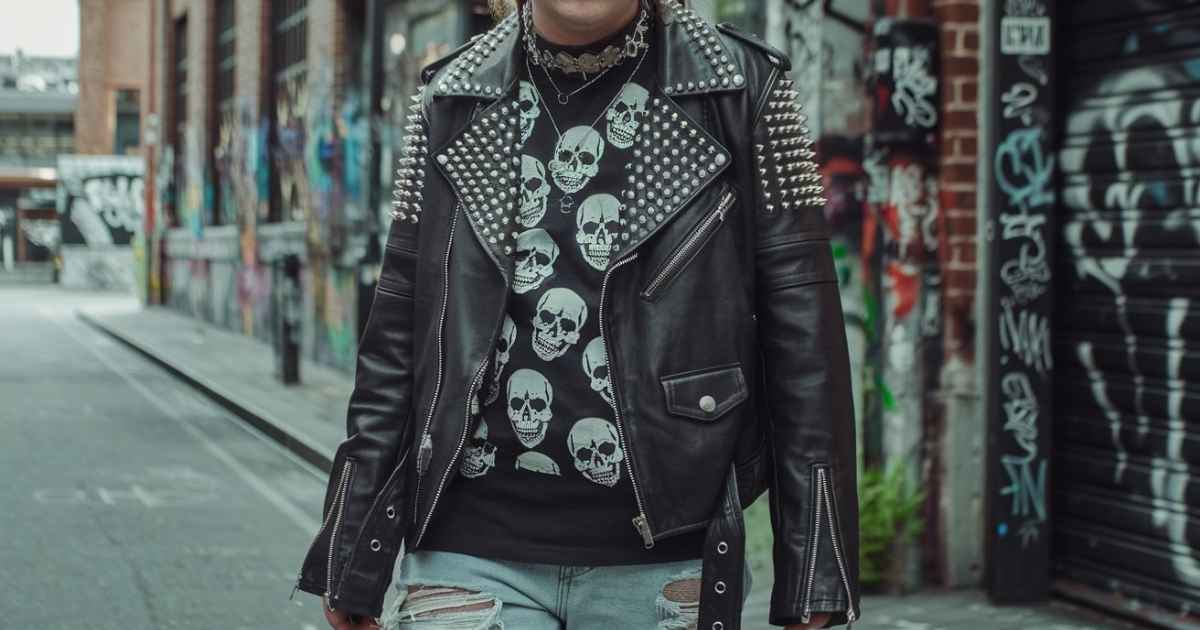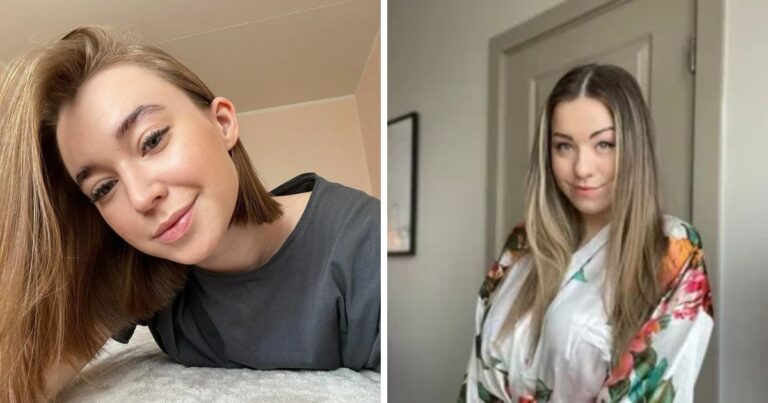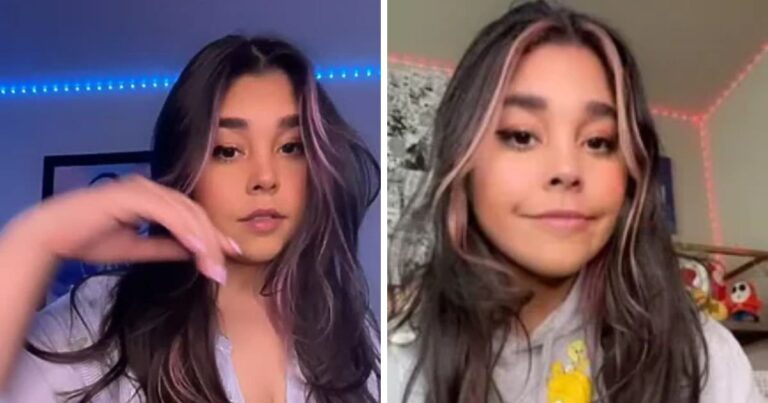what is alternative fashion
Fashion is not just about clothing; it’s a form of expression and identity. While mainstream fashion tends to follow global trends, alternative fashion represents a counter-culture that defies conventional norms. But what is alternative fashion exactly? In this blog post, we’ll delve into the essence of alternative fashion, explore its diverse styles, understand its influences, and provide tips on how to incorporate it into your wardrobe.
What is Alternative Fashion?
THe refers to styles that diverge from the mainstream fashion trends. It encompasses a variety of unique and often rebellious aesthetics that express individuality and challenge traditional norms. This form of fashion is not just about the clothes but about creating a distinct identity through fashion choices.
Historical Context
This fashion has roots in various subcultures and movements. Its history is a tapestry of rebellion, creativity, and self-expression. Here’s a brief overview of its evolution:
- 1920s and 1930s: Early movements, such as the Bohemian and Dadaist artists, laid the groundwork for alternative aesthetics with their avant-garde approaches.
- 1950s: The emergence of rockabilly and greaser styles began to challenge the traditional norms of dress.
- 1970s: Punk fashion, characterized by its DIY ethos and anti-establishment attitude, became a prominent force.
- 1980s: Goth fashion rose in popularity, known for its dark, Victorian-inspired aesthetics.
- 1990s and 2000s: The rise of grunge and streetwear brought new dimensions to alternative fashion, incorporating influences from music and urban culture.
Key Styles in Alternative Fashion
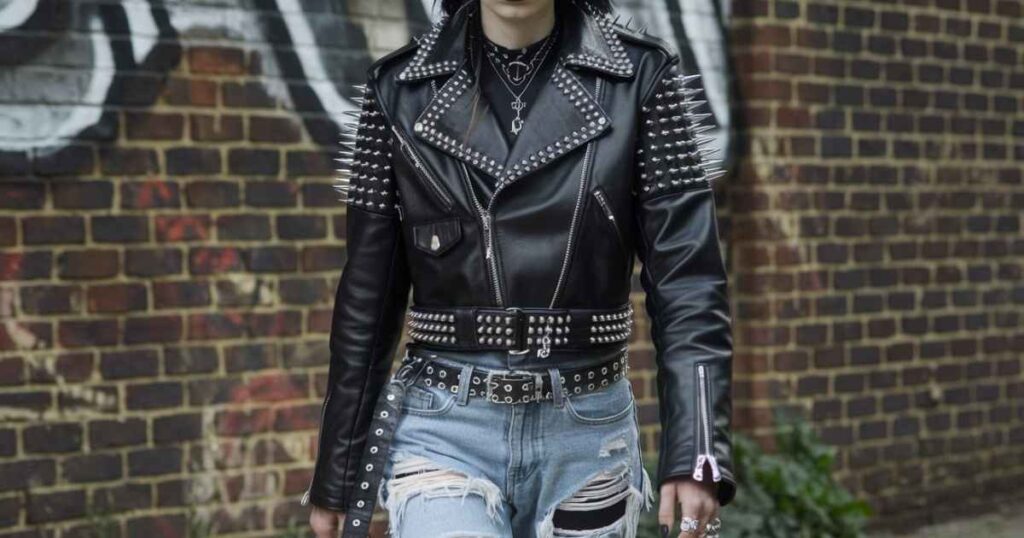
Alternative fashion is a broad category with numerous styles. Each style has its unique characteristics and cultural influences.
Gothic Fashion
Gothic fashion is known for its dark, dramatic, and often Victorian-inspired aesthetics. Key elements include:
- Clothing: Black lace, leather, and velvet. Layered skirts, corsets, and long coats are common.
- Accessories: Spiked jewelry, chokers, and elaborate headpieces.
- Footwear: Combat boots, platform shoes, and lace-up boots.
Influences: The goth subculture, which began in the late 1970s and early 1980s, heavily influences this style. Music genres like goth rock and industrial further shape its look.
Punk Fashion
Punk fashion emerged as a form of rebellion against the mainstream. Its key features include:
- Clothing: Ripped jeans, leather jackets, and band t-shirts. DIY alterations and embellishments are also prevalent.
- Accessories: Safety pins, studded belts, and spiked accessories.
- Footwear: Doc Martens and other heavy, rugged boots.
Cultural Impact: Punk fashion represents a challenge to societal norms, emphasizing individualism and anti-establishment sentiments. It’s closely tied to the punk music scene and its ethos.
Bohemian Fashion
Bohemian fashion reflects a relaxed, artistic, and free-spirited lifestyle. Its characteristics include:
- Clothing: Flowing dresses, peasant blouses, and ethnic prints. Layers and mixing textures are common.
- Accessories: Long necklaces, fringed bags, and wide-brimmed hats.
- Footwear: Sandals, ankle boots, and espadrilles.
Influences: The bohemian lifestyle, with its emphasis on creativity and nonconformity, plays a significant role in this style. It draws from various cultural and historical sources, including ethnic and vintage elements.
Vintage and Retro Fashion
Vintage and retro fashion focuses on clothing from past decades, often revived and reinterpreted for contemporary wear. Key aspects include:
- Clothing: Items from the 1920s to the 1990s, including flapper dresses, high-waisted jeans, and vintage blazers.
- Accessories: Vintage jewelry, classic hats, and retro sunglasses.
- Footwear: Vintage-inspired heels, loafers, and boots.
Impact: Vintage fashion allows individuals to explore and celebrate different historical styles, often incorporating them into modern wardrobes.
Streetwear
Streetwear blends urban, casual styles with high fashion elements. It is known for:
- Clothing: Graphic tees, oversized hoodies, and joggers. Logo-centric designs and collaborations with designers are common.
- Accessories: Snapbacks, chunky sneakers, and statement bags.
- Footwear: Trendy sneakers and high-top shoes.
Influences: Streetwear is deeply rooted in urban culture and has been significantly influenced by hip-hop, skateboarding, and graffiti.
Influences on Alternative Fashion
Alternative fashion does not exist in a vacuum. It is shaped by various cultural, social, and artistic influences.
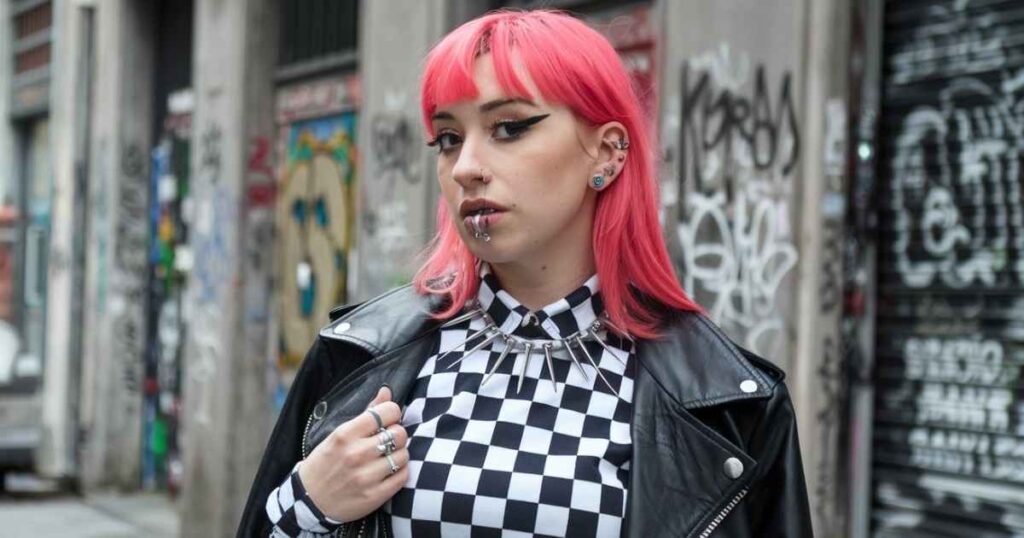
Subcultures and Movements
- Music: Genres such as punk, goth, and industrial have been instrumental in shaping alternative fashion. Iconic bands and musicians often influence the clothing and accessories associated with these styles.
- Art and Literature: Avant-garde art movements and counter-culture literature contribute to the aesthetics of alternative fashion. For instance, surrealist art has influenced gothic and punk styles.
Social Media and Online Communities
- Platforms: Social media platforms like Instagram, TikTok, and Pinterest are crucial in spreading and popularizing alternative fashion trends. They allow individuals to showcase their unique styles and connect with like-minded fashion enthusiasts.
- Impact: Influencers and online communities play a significant role in promoting alternative fashion. They provide inspiration and ideas for incorporating these styles into everyday wear.
How to Incorporate Alternative Fashion into Your Wardrobe
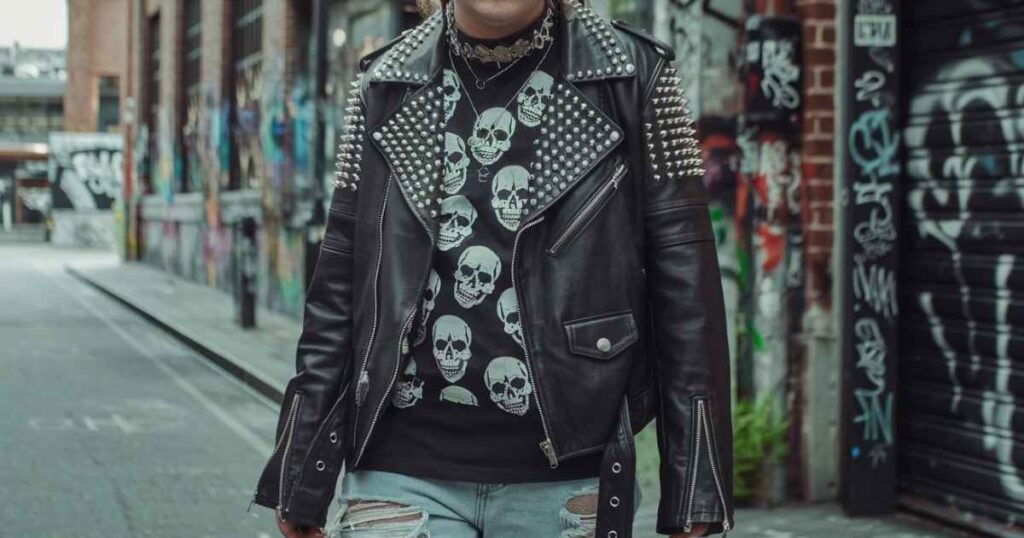
If you’re interested in exploring alternative fashion, here are some practical tips to get started:
Starting Points
- Basics: Begin with statement pieces that reflect your chosen style, such as a graphic tee for streetwear or a black lace dress for gothic fashion.
- Mixing and Matching: Experiment with combining alternative fashion items with your existing wardrobe. For example, pair a punk-inspired leather jacket with casual jeans.
Shopping Tips
- Where to Buy: Look for specialty stores and online shops that cater to alternative fashion. Some popular options include:
- Hot Topic: Known for its goth and punk-inspired clothing.
- Urban Outfitters: Offers a variety of retro and bohemian styles.
- Depop and Etsy: Great for vintage and one-of-a-kind items.
- DIY Tips: Customize and create your own alternative pieces. Add patches, studs, or fabric paint to transform plain garments into unique fashion statements.
Also Read : Drawing:yw-tzomiaao= heart Innovative Line Art
The Future of Alternative Fashion
Alternative fashion continues to evolve, reflecting changing cultural and social trends.
Trends and Innovations
- Emerging Styles: Look out for new styles and trends within alternative fashion. For example, eco-conscious fashion is becoming increasingly popular, with a focus on sustainability and ethical practices.
- Sustainability: Many alternative fashion brands are adopting sustainable practices, such as using recycled materials and promoting fair trade.
Cultural Impact
- Mainstream Influence: Alternative fashion is increasingly influencing mainstream trends. Elements of punk, goth, and streetwear styles are becoming more common in high fashion runways and retail stores.
Conclusion
Alternative fashion is a vibrant and diverse field that offers endless opportunities for self-expression. Whether you’re drawn to gothic, punk, bohemian, vintage, or streetwear styles, alternative fashion allows you to break free from conventional norms and create a look that truly represents you. Explore different styles, mix and match, and don’t be afraid to make a statement with your wardrobe.
People also ask
What type of clothes are alternatives?
Alternative clothes often include unique, non-mainstream styles like gothic dresses, punk leather jackets, bohemian flowy garments, and retro vintage pieces.
Is alternative fashion a trend?
Alternative fashion is more of a subculture and personal expression than a fleeting trend, though elements of it occasionally influence mainstream fashion.
How do you wear an alternative style?
Wear alternative styles by choosing distinctive pieces like statement accessories or unconventional outfits and mixing them with your everyday wardrobe for a unique look.
When did alternative fashion start?
Alternative fashion began in the late 20th century, evolving from subcultures like punk and goth that emerged in the 1970s and 1980s.

Amara Rosewood, with 8 years of expertise in bracelet design, is the creative force behind BraceletsWare. Her passion and skill converge in each piece, crafting timeless accessories that redefine style.
